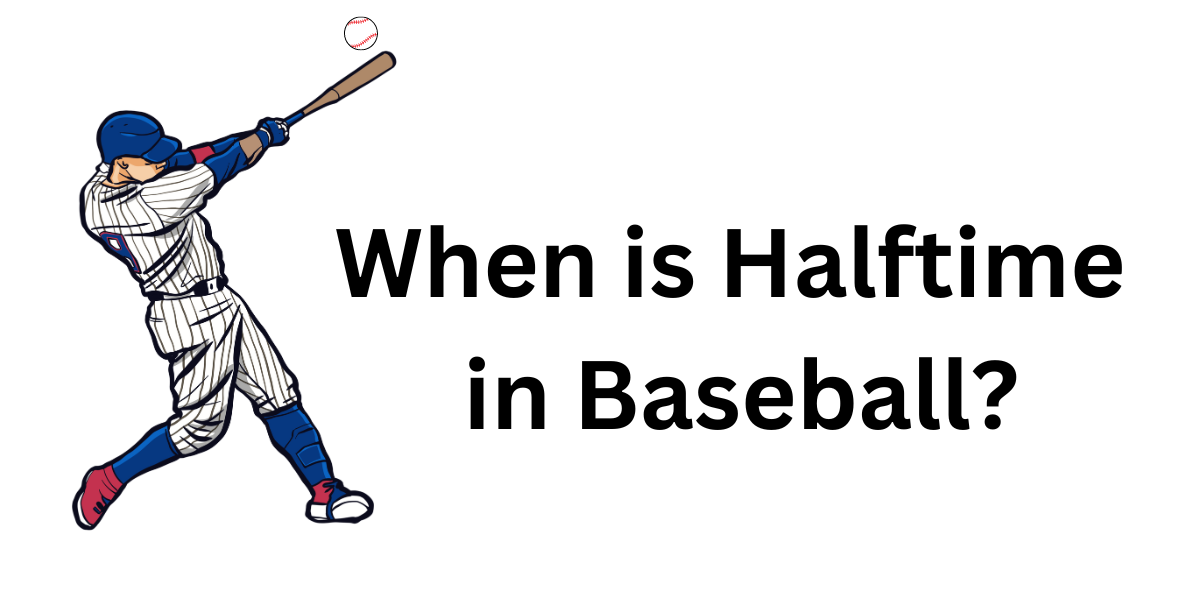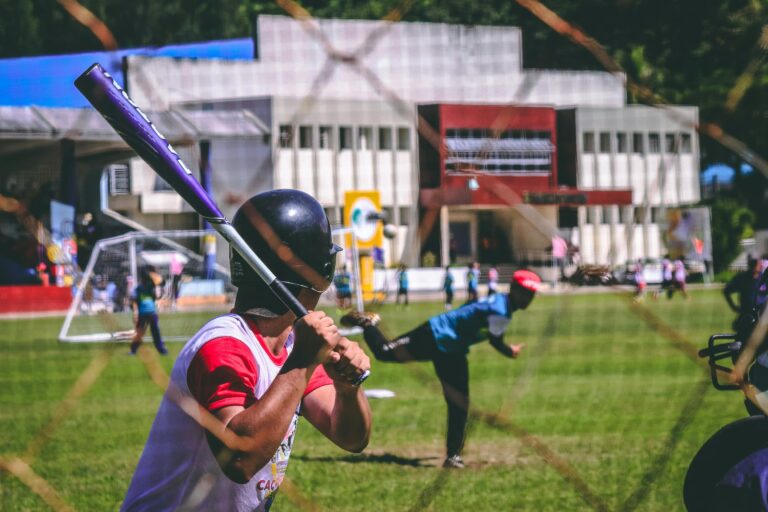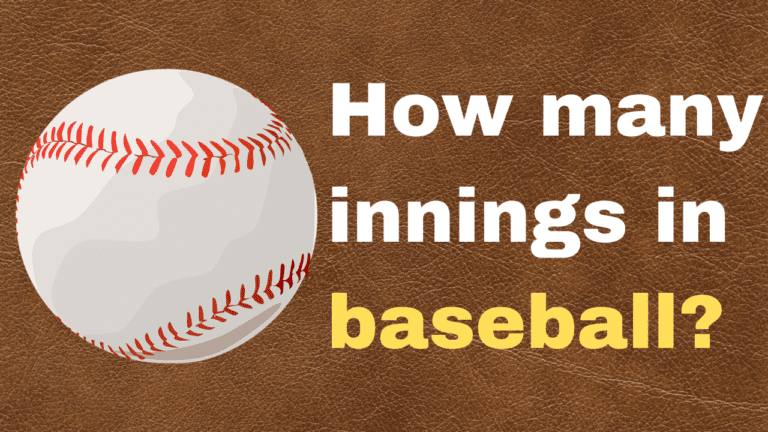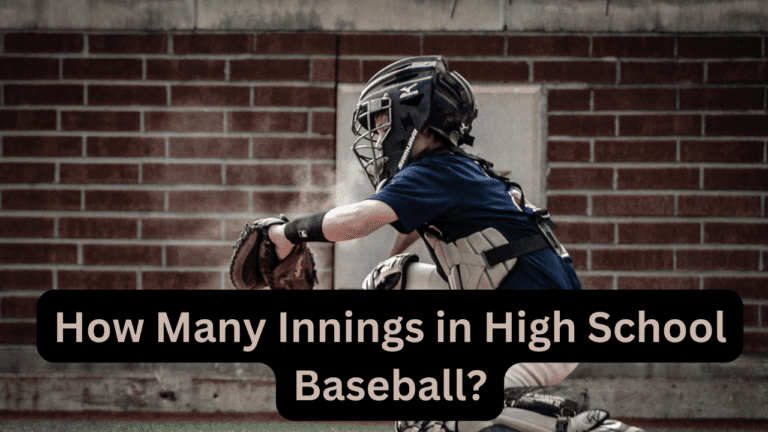When is Halftime in Baseball?
Baseball, often regarded as America’s pastime, boasts a rich tapestry of traditions and quirks that set it apart from other sports. When is Halftime in Baseball? One such distinctive feature is the absence of a conventional halftime break, leaving many fans wondering: when exactly is halftime in baseball?
Let’s delve into the intricacies of baseball innings, the famed seventh-inning stretch, and why baseball diverges from the halftime concept prevalent in other sports.

Introduction
Halftime is important in sports, providing players and fans with a brief intermission to recharge and recalibrate strategies. However, halftime remains conspicuously absent in baseball, sparking curiosity and prompting exploration into the sport’s unique structure.
Understanding Baseball Innings
In baseball, the game is divided into innings, with each team taking turns to bat and field. Unlike sports with halves or quarters, baseball’s innings dictate the flow of gameplay, with the objective of scoring runs while preventing the opposing team from doing so.
Halftime in Traditional Sports

Football and basketball traditionally incorporate halftime breaks, typically lasting around 15 to 20 minutes. These intervals serve various purposes, allowing players to rest, receive coaching instructions, and enable entertainment for spectators.
Is There Halftime in Baseball?
Contrary to popular belief, baseball does not adhere to halftime. Unlike sports with defined breaks midway through the game, baseball unfolds without a designated halftime period.
Seventh-Inning Stretch: The Baseball Tradition
Instead of halftime, baseball enthusiasts partake in the iconic seventh-inning stretch—a beloved tradition dating back over a century. During the seventh inning, spectators rise from their seats, stretch their limbs, and sing “Take Me Out to the Ball Game,” fostering camaraderie and unity among fans.
The Seventh-Inning Stretch vs. Halftime
While reminiscent of halftime in its communal spirit, the seventh-inning stretch differs significantly in timing and purpose. Rather than serving as a midpoint break, it symbolizes a moment of collective celebration and rejuvenation amidst the game’s progression.
Why Doesn’t Baseball Have Halftime?

The absence of halftime in baseball can be attributed to the sport’s historical evolution and unique structure. Unlike sports with continuous play interrupted by distinct halves or quarters, baseball’s innings unfold organically, with breaks occurring between innings rather than at a predetermined midpoint.
Breaks and Pauses in Baseball
Although baseball lacks halftime, it features several breaks and pauses strategically woven into its fabric. These intervals, such as pitching changes and timeouts, offer opportunities for teams to strategize and for fans to engage in rituals and traditions.
Strategies During Breaks in Baseball
Teams leverage breaks in gameplay to their advantage, whether through tactical discussions, player substitutions, or psychological maneuvers to disrupt the opposing team’s momentum.
These strategic pauses underscore the significance of mental acuity and adaptability in baseball.
Fans’ Role During Breaks
Far from being passive spectators, baseball fans actively participate in the game’s rituals and traditions during breaks. From singing anthems to performing stadium waves, fans contribute to the vibrant atmosphere that permeates baseball stadiums across the globe.
Innovation in Baseball Breaks
In recent years, baseball has embraced innovative approaches to enhance the fan experience during breaks in gameplay. From interactive fan zones to in-game entertainment, efforts are underway to balance honoring tradition and embracing modernity.
Enhancing the Fan Experience
Recognizing the importance of fan engagement, initiatives to enhance the baseball experience continue to evolve. Whether through technological advancements or community-driven events, baseball remains committed to fostering connections between players, fans, and the sport.
Impact of No Halftime in Baseball
The absence of halftime in baseball shapes the sport’s dynamics, offering advantages and challenges. While the continuous flow of gameplay maintains excitement and momentum, it also requires players to maintain focus and endurance throughout the duration of the game.
Conclusion
In conclusion, halftime in baseball is a topic steeped in tradition, innovation, and the sport’s unique identity. While baseball diverges from the halftime structure prevalent in other sports, it compensates with rich rituals, strategic pauses, and a vibrant fan culture that celebrates unity and camaraderie.
Read More : Do Baseballs Float?
What is a Crooked Number in Baseball?
FAQs
Q1: Why doesn’t baseball have halftime like other sports?
- Baseball’s structure is based on innings rather than halves or quarters, resulting in a continuous flow of gameplay without a designated halftime break.
Q2: What happens during the seventh-inning stretch?
- The seventh-inning stretch is a tradition where fans rise from their seats, stretch, and sing “Take Me Out to the Ball Game” during the seventh inning of a baseball game.
Q3: How do teams utilize breaks in baseball?
- Breaks in baseball provide teams with opportunities for strategic discussions, player substitutions, and psychological tactics aimed at gaining an advantage.
Q4: What are some modern innovations in baseball breaks?
- Modern innovations include interactive fan zones, in-game entertainment, and technological enhancements to enhance the fan experience.
Q5: Does the absence of halftime affect the intensity of baseball games?
- While the absence of halftime maintains the intensity and momentum of baseball games, it also requires players to maintain focus and endurance throughout the game.







One Comment